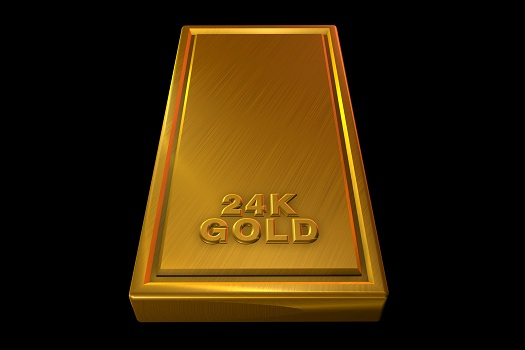What Karat Gold Is Best?
If your preferred form of gold is jewelry, you’ll likely come across the word “karat” at one time or another as you check out what’s available. Not to be confused with “carat,” which is typically used to refer to the weight of diamonds, karat indicates the purity of gold. Below, the precious metals experts from First National Bullion, the best place to buy gold in Carlsbad, look at which karat of gold is the “best” and what other factors you may wish to consider when making this determination.
24 Karat Is as Pure as You Can Get
With this form of measuring purity, gold is divided up into 24 parts, with each part referred to as a karat. Therefore, if you have a piece, like a ring, labeled as being 24 karat gold, it’s 100 percent pure gold. This means the particular piece is all gold, with no other metals or alloys added. Another popular gold purity level is 18 karat. In this case, the piece in question contains 75 percent pure gold. The remaining 25 percent of the “ingredients” are other metals—usually silver, copper, zinc, or nickel.
Note: Gold pieces that are less than 10 karats cannot be legally referred to as “gold” in the United States.
The Pros & Cons of 24 Karat Gold
As for whether or not 24 karat gold is actually the “best” option when considering a particular piece of jewelry, the answer is actually “maybe.” On a positive note, gold in pure form is soft, and this allows for more design flexibility with shape and other characteristics you may find appealing.
However, 24 karat gold, while impressive in terms of its purity, isn’t all that durable. Because of the softness of pure gold, a 24 karat gold ring, for example, that’s worn fairly often is more likely to be dented or scratched over time. This is why there’s actually a higher demand for 18 karat gold pieces than 24 karat ones. Plus, 24 karat gold tends to have a hefty price tag associated with it.
Determining What’s “Best” for You
With jewelry you know you’ll be regularly wearing, 18 karat gold may be “best,” given how easy it is to damage pure gold pieces. On the other hand, if you’ll be purchasing a piece purely for collectible or potential resale purposes, you may prefer 24 karat gold. Otherwise, 18 karat gold will still give you significant gold purity coupled with added durability from the other metals and alloys included. Also, because 18 karat gold is less likely to be damaged in a way that significantly affects its value, it’s not unusual for its value to increase over time.
If budget is a concern, 9 karat gold can be appealing. In fact, it’s a popular choice for men’s wedding bands. Ultimately, with karats and gold, it can be helpful to base your decisions on factors such as:
• How much you’re willing to spend
• How often you anticipate wearing the piece
• What other qualities and features are unique to the piece
Whether they need information on gold purity or they’re looking to buy or sell palladium bars or silver bullion, Carlsbad residents trust the reputable dealers at First National Bullion and Coin. You can rely on our experienced professionals when you’re looking to add precious metals to your collection or investment portfolio. Give one of our experienced dealers a call today at 760-253-8072.
The statements made in this blog are opinions, and past performance is not indicative of future returns. Precious metals, like all investments, carry risk. Precious metals and coins may appreciate, depreciate, or stay the same in cash value depending on a variety of factors. First National Bullion does not guarantee, and its website and employees make no representation, that any metals for sale will appreciate sufficiently to earn the customers a profit. The decision to buy, sell, or borrow precious metals and which precious metals to purchase, borrow, or sell are made at the customer’s sole discretion.


